Home>Construction & Tools>Building Materials>How To Seal Crumbling Exterior Brick
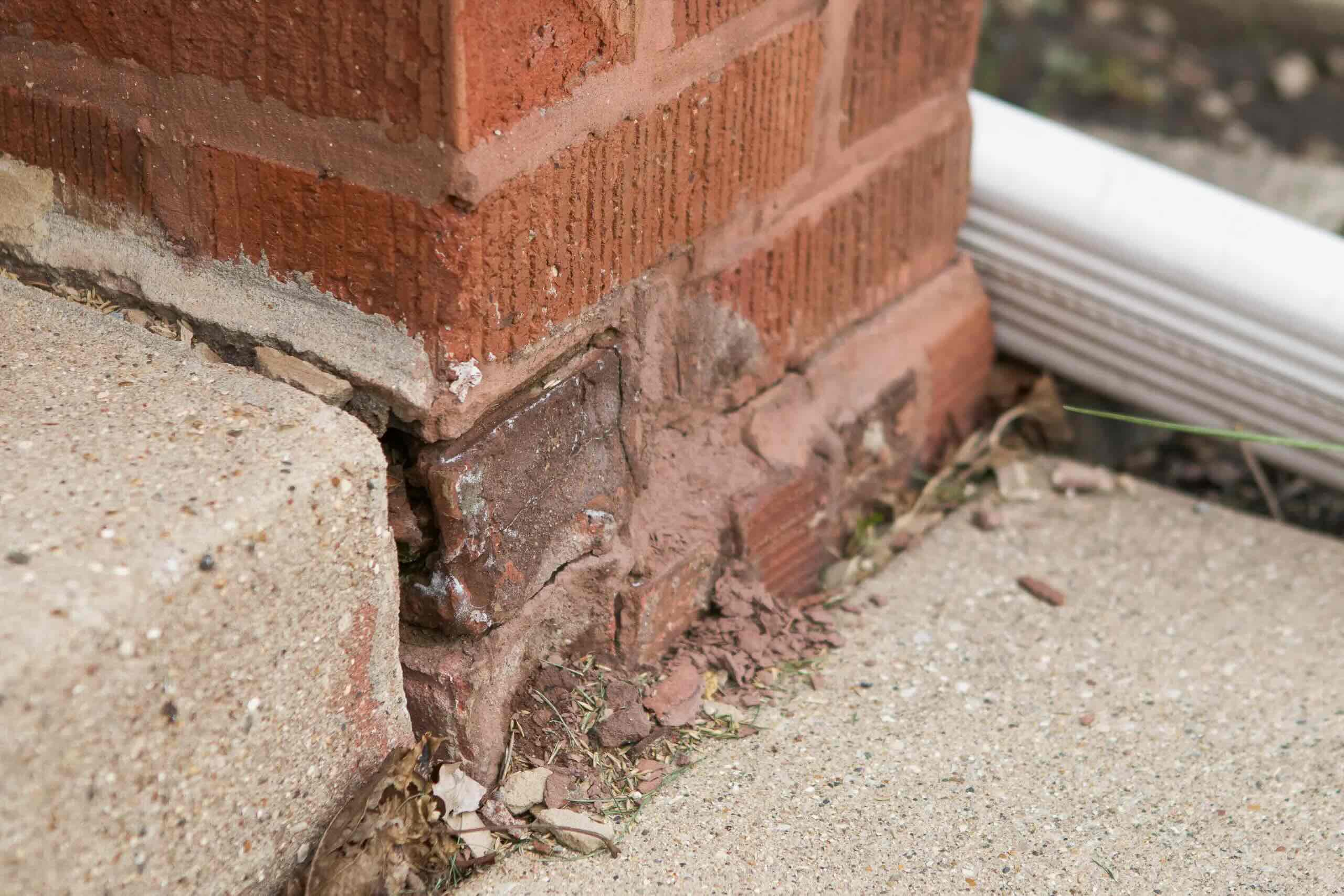

Building Materials
How To Seal Crumbling Exterior Brick
Published: January 23, 2024
Learn how to seal crumbling exterior brick with the right building materials and techniques. Protect your home and maintain its curb appeal with our expert tips.
(Many of the links in this article redirect to a specific reviewed product. Your purchase of these products through affiliate links helps to generate commission for Storables.com, at no extra cost. Learn more)
Introduction
Maintaining the exterior of your home is crucial for both its aesthetic appeal and structural integrity. When it comes to brick exteriors, preserving their strength and appearance is essential. However, over time, exposure to the elements can lead to the deterioration of brick surfaces, resulting in crumbling and degradation. In this article, we will explore the process of sealing crumbling exterior brick to protect it from further damage and maintain its longevity.
Crumbling exterior brick is a common issue faced by homeowners, particularly in regions with fluctuating weather patterns. Factors such as moisture penetration, freeze-thaw cycles, and the natural aging of materials can contribute to the degradation of brick surfaces. Understanding the underlying causes of this deterioration is paramount in effectively addressing and remedying the issue.
By gaining insight into the root causes of crumbling brick, homeowners can take proactive measures to safeguard their property against further damage. This comprehensive guide will provide valuable information on assessing the extent of the damage, preparing the brick surface for sealing, selecting the appropriate sealant, and executing the application process with precision. Additionally, we will delve into the importance of ongoing maintenance to preserve the integrity of the sealed brick and prevent future deterioration.
Whether you are a seasoned homeowner or a first-time property owner, the knowledge and techniques shared in this article will empower you to tackle the challenge of crumbling exterior brick with confidence. By implementing the strategies outlined here, you can effectively restore and protect your home's brick exterior, enhancing its resilience and visual appeal for years to come.
Key Takeaways:
- Protect your home’s exterior brick from crumbling by understanding the causes, assessing the damage, and choosing the right sealant. Ongoing maintenance ensures long-term resilience and visual appeal.
- Sealing crumbling exterior brick involves thorough preparation, precise application of the sealant, and proactive maintenance. By following these steps, homeowners can preserve the beauty and durability of their brick exteriors.
Read more: How To Stop Brick From Crumbling
Understanding the Causes of Crumbling Exterior Brick
Before embarking on the process of sealing crumbling exterior brick, it is crucial to comprehend the underlying factors that contribute to this deterioration. By gaining insight into the causes of crumbling brick, homeowners can effectively address the root issues and implement targeted solutions to prevent further damage.
- Moisture Infiltration: One of the primary culprits behind crumbling exterior brick is moisture infiltration. When water seeps into the porous structure of bricks, it can lead to a range of detrimental effects, particularly during freeze-thaw cycles. As water within the brick freezes and expands, it exerts pressure on the surrounding material, causing it to weaken and disintegrate over time.
- Freeze-Thaw Cycles: In regions with fluctuating temperatures, the cyclical process of freezing and thawing can take a toll on brick surfaces. The expansion of water as it freezes within the brick’s pores can result in micro-cracks and gradual deterioration, ultimately leading to crumbling and loss of structural integrity.
- Natural Aging: As with any construction material, brick undergoes a natural aging process. Over time, exposure to environmental elements, UV radiation, and general wear and tear can cause the brick to weaken and deteriorate, making it more susceptible to crumbling and decay.
- Subpar Previous Sealant: In some cases, the use of inadequate or outdated sealants on brick exteriors can exacerbate the problem of crumbling. If a previous sealant has degraded or failed to provide sufficient protection, it can leave the brick vulnerable to moisture penetration and other damaging influences.
By recognizing these key factors contributing to crumbling exterior brick, homeowners can proactively address these issues and take measures to mitigate their impact. Understanding the interplay of moisture infiltration, freeze-thaw cycles, natural aging, and previous sealant applications is essential in formulating an effective strategy for sealing and preserving the integrity of the brick surface.
Next, we will delve into the crucial steps of assessing the extent of the damage and preparing the brick surface for the sealing process, laying the foundation for successful restoration and long-term protection.
Assessing the Damage
Before initiating the process of sealing crumbling exterior brick, a comprehensive assessment of the damage is essential to determine the extent of deterioration and the appropriate course of action. By carefully evaluating the condition of the brick surface, homeowners can gain valuable insights into the severity of the damage and tailor their approach to effectively address the issues at hand.
When assessing the damage to exterior brick, several key indicators should be considered:
- Crumbling and Erosion: Examine the brick surface for signs of crumbling, erosion, or flaking. Areas where the brick material appears to be disintegrating or breaking apart indicate significant deterioration and require immediate attention.
- Discoloration and Staining: Take note of any discoloration or staining on the brick surface, as these can be indicative of moisture infiltration and the presence of mold or mildew. Discoloration may also signal underlying structural issues that need to be addressed during the sealing process.
- Loose or Missing Mortar: Inspect the mortar joints between the bricks for any signs of looseness or missing sections. Deteriorated mortar can compromise the stability of the brickwork and contribute to further damage if left unattended.
- Cracks and Fissures: Look for cracks and fissures in the brick surface, as well as along mortar lines. These structural imperfections can indicate underlying issues such as water damage, freeze-thaw cycles, or structural stress, all of which necessitate targeted remediation.
By conducting a thorough evaluation of these key elements, homeowners can develop a clear understanding of the condition of their exterior brick and make informed decisions regarding the appropriate sealing and restoration measures.
Furthermore, it is advisable to seek professional guidance or consult with experienced contractors to gain additional insights into the specific challenges presented by the damaged brickwork. Their expertise can provide valuable perspectives on the best practices and techniques for addressing the identified issues, ensuring a comprehensive and effective approach to the sealing process.
Once the damage has been meticulously assessed, homeowners can proceed to the next crucial phase: preparing the brick surface for the application of the sealant, a pivotal step in the journey toward restoring and safeguarding the integrity of the exterior brick.
Preparing the Brick Surface
Effective preparation of the brick surface is a fundamental prerequisite for ensuring the successful application of a sealant to address crumbling exterior brick. By meticulously preparing the brickwork, homeowners can create an optimal foundation for the sealant, promoting adhesion and long-term protection against further deterioration.
The preparation process encompasses several crucial steps, each aimed at optimizing the condition of the brick surface:
- Cleaning and Removal of Debris: Begin by thoroughly cleaning the exterior brick to eliminate dirt, grime, and any accumulated debris. Utilize a gentle yet effective cleaning solution and a stiff-bristled brush to scrub the surface and remove any loose particles or contaminants that may hinder the adhesion of the sealant.
- Repairing Mortar Joints: Address any damaged or deteriorated mortar joints by carefully repointing and repairing them. Crumbling or missing mortar can compromise the structural integrity of the brickwork and lead to further degradation if left unattended. Ensuring that the mortar joints are sound and intact is essential for the overall stability of the brick surface.
- Resolving Efflorescence: Efflorescence, characterized by the appearance of white, powdery deposits on the brick surface, is a common issue caused by moisture and mineral deposits. Prior to sealing the brick, it is imperative to address efflorescence through thorough cleaning and, if necessary, the application of efflorescence-specific treatments to prevent its recurrence.
- Allowing for Drying Time: After cleaning and addressing any necessary repairs, allow the brick surface to thoroughly dry before proceeding with the application of the sealant. Adequate drying time is essential to ensure that the brick is free from moisture, promoting optimal adhesion and the long-term effectiveness of the sealant.
By diligently completing these preparatory measures, homeowners can lay the groundwork for a successful sealing process, enhancing the durability and resilience of the exterior brick. Additionally, engaging in meticulous preparation demonstrates a commitment to preserving the structural integrity and visual appeal of the brick surface, setting the stage for the next critical phase: selecting the right sealant to address the crumbling brick and protect it from future damage.
Use a clear masonry sealer to seal crumbling exterior brick. Clean the surface, apply the sealer with a brush or roller, and let it dry completely. This will help prevent further deterioration.
Choosing the Right Sealant
When it comes to addressing crumbling exterior brick, selecting the appropriate sealant is a pivotal decision that significantly influences the effectiveness and longevity of the restoration efforts. A myriad of sealant options are available, each offering distinct properties and benefits. Understanding the key considerations in choosing the right sealant is essential for safeguarding the brick surface and mitigating further deterioration.
Several factors should be taken into account when evaluating sealant options:
- Permeability and Breathability: Opt for a sealant that allows the brick to breathe and release trapped moisture, preventing the buildup of internal pressure and potential damage from freeze-thaw cycles. A breathable sealant helps maintain the natural moisture balance of the brick while providing a protective barrier against external elements.
- Water Repellency: Prioritize sealants with superior water repellent properties to shield the brick from moisture infiltration. Effective water repellency is crucial for preventing the adverse effects of water penetration, such as freeze-thaw damage, efflorescence, and mold growth.
- UV Resistance: Consider sealants that offer UV resistance to protect the brick from the degrading effects of prolonged sun exposure. UV-resistant sealants help preserve the color and integrity of the brick surface, prolonging its aesthetic appeal and structural resilience.
- Longevity and Durability: Assess the durability and expected lifespan of the sealant to ensure long-term protection against environmental stressors. A high-quality sealant should exhibit exceptional longevity, reducing the frequency of reapplication and maintenance requirements.
- Compatibility with Brick Type: Take into consideration the specific type of brick and its inherent characteristics when selecting a sealant. Different brick compositions may require tailored sealant formulations to optimize adhesion and protective capabilities.
Additionally, consulting with experienced professionals or seeking guidance from reputable suppliers can provide valuable insights into the most suitable sealant options for addressing crumbling exterior brick. Their expertise can offer clarity on the best practices and products tailored to the unique requirements of the brick surface, ensuring optimal protection and restoration outcomes.
By carefully weighing these considerations and selecting a high-quality sealant that aligns with the specific needs of the brick surface, homeowners can fortify their exteriors against further deterioration and preserve the structural integrity and visual appeal of the brickwork.
Next, we will delve into the critical steps of applying the chosen sealant to effectively address the crumbling exterior brick and fortify it against environmental stressors.
Read more: How To Seal A Brick Chimney
Applying the Sealant
Once the appropriate sealant has been selected, the meticulous application process is a crucial step in fortifying crumbling exterior brick and safeguarding it from the detrimental effects of environmental elements. Applying the sealant with precision and thoroughness is essential for ensuring comprehensive protection and long-term resilience of the brick surface.
The application of the sealant involves the following key steps:
- Surface Preparation: Prior to applying the sealant, ensure that the brick surface is clean, dry, and free from any debris or contaminants. Thoroughly inspect the prepared surface to confirm that it is primed for the application of the sealant.
- Test Application: Conduct a small-scale test application of the sealant on a discreet area of the brick surface to assess adhesion, coverage, and the overall aesthetic impact. This preliminary test allows for adjustments and ensures the desired outcome before proceeding with the full application.
- Application Method: Select the appropriate method for applying the sealant, such as brush, roller, or sprayer, based on the specific characteristics of the brick surface and the consistency of the sealant. Ensure consistent coverage and uniform application to maximize the protective benefits of the sealant.
- Even Coating: Apply the sealant evenly across the entire brick surface, paying close attention to mortar joints and any areas prone to moisture infiltration or damage. A uniform coating ensures comprehensive protection and a visually cohesive finish.
- Multiple Coats: Depending on the type of sealant and the condition of the brick surface, consider applying multiple coats to enhance the protective barrier and fortify the brick against environmental stressors. Follow manufacturer recommendations for coat intervals and drying times.
- Post-Application Inspection: After the sealant has been applied, conduct a thorough inspection of the brick surface to ensure that the sealant has been effectively distributed and that all areas have been adequately covered. Address any inconsistencies or missed spots promptly to maintain the integrity of the protective barrier.
By meticulously executing these steps and adhering to best practices for sealant application, homeowners can fortify their crumbling exterior brick with a robust protective barrier, shielding it from moisture, UV radiation, and the detrimental effects of aging and environmental exposure.
Following the successful application of the sealant, the focus shifts to the critical aspect of maintaining the sealed brick, preserving its resilience and visual appeal over time.
Maintaining the Sealed Brick
After effectively sealing the crumbling exterior brick, ongoing maintenance is essential to preserve the integrity and protective properties of the sealant, ensuring long-term resilience and visual appeal. By implementing a proactive maintenance regimen, homeowners can safeguard their sealed brick against environmental stressors and prevent the recurrence of deterioration.
The maintenance of sealed brick involves the following key considerations:
- Regular Inspections: Conduct routine inspections of the sealed brick surface to identify any signs of damage, discoloration, or potential areas of concern. Early detection allows for prompt remediation and prevents minor issues from escalating into significant deterioration.
- Cleaning and Washing: Periodically clean the sealed brick surface using a mild detergent and water to remove dirt, grime, and environmental residues. Avoid harsh cleaning agents or abrasive tools that may compromise the integrity of the sealant.
- Addressing Stains and Efflorescence: Promptly address any stains or efflorescence that may appear on the sealed brick surface. Utilize appropriate cleaning solutions and techniques to mitigate discoloration and maintain the visual appeal of the brickwork.
- Reapplication of Sealant: Monitor the condition of the sealed brick and be prepared to reapply the sealant as needed. Over time, the protective properties of the sealant may diminish, necessitating periodic reapplication to reinforce the barrier against moisture and environmental elements.
- Repairing Damage: Address any signs of damage or deterioration promptly, including cracks, chipping, or loose mortar. Timely repairs prevent the escalation of issues and contribute to the long-term stability of the sealed brick surface.
- Professional Maintenance: Consider engaging professional contractors for periodic maintenance and inspections of the sealed brick. Their expertise can provide comprehensive assessments and targeted solutions to preserve the integrity of the brickwork.
By integrating these maintenance practices into their home care routine, homeowners can effectively uphold the protective qualities of the sealant and prolong the lifespan of the sealed brick, ensuring enduring resilience and visual appeal.
Additionally, staying informed about advancements in sealant technologies and best practices for brick maintenance empowers homeowners to make informed decisions and implement proactive measures to fortify their exteriors against environmental stressors.
With a commitment to consistent maintenance and proactive care, homeowners can enjoy the enduring beauty and structural integrity of their sealed brick exteriors for years to come.
Conclusion
Sealing crumbling exterior brick is a critical endeavor that not only restores the integrity of the brick surface but also fortifies it against the detrimental effects of environmental elements. By understanding the causes of crumbling brick, assessing the damage, and meticulously preparing the brick surface, homeowners can lay the foundation for effective restoration and long-term protection.
Choosing the right sealant tailored to the specific needs of the brick surface is paramount in safeguarding it against moisture infiltration, UV radiation, and natural aging. The meticulous application of the sealant, coupled with ongoing maintenance, ensures that the sealed brick maintains its resilience and visual appeal over time, enhancing the longevity of the exterior.
By implementing the strategies outlined in this comprehensive guide, homeowners can confidently address the challenge of crumbling exterior brick, preserving the structural integrity and aesthetic allure of their homes. The proactive measures detailed in this article empower homeowners to take charge of the maintenance and restoration of their brick exteriors, fostering enduring durability and visual appeal.
As advancements in sealant technologies and maintenance practices continue to evolve, staying informed and proactive in brick care is essential for ensuring the sustained protection and beauty of the exterior brick surfaces. With a commitment to proactive maintenance and the application of best practices, homeowners can enjoy the enduring resilience and timeless charm of their sealed brick exteriors for years to come.
Embracing the journey of sealing crumbling exterior brick is not only a testament to the care and dedication invested in preserving one’s home but also a testament to the enduring legacy of brick as a timeless and resilient construction material.
Frequently Asked Questions about How To Seal Crumbling Exterior Brick
Was this page helpful?
At Storables.com, we guarantee accurate and reliable information. Our content, validated by Expert Board Contributors, is crafted following stringent Editorial Policies. We're committed to providing you with well-researched, expert-backed insights for all your informational needs.
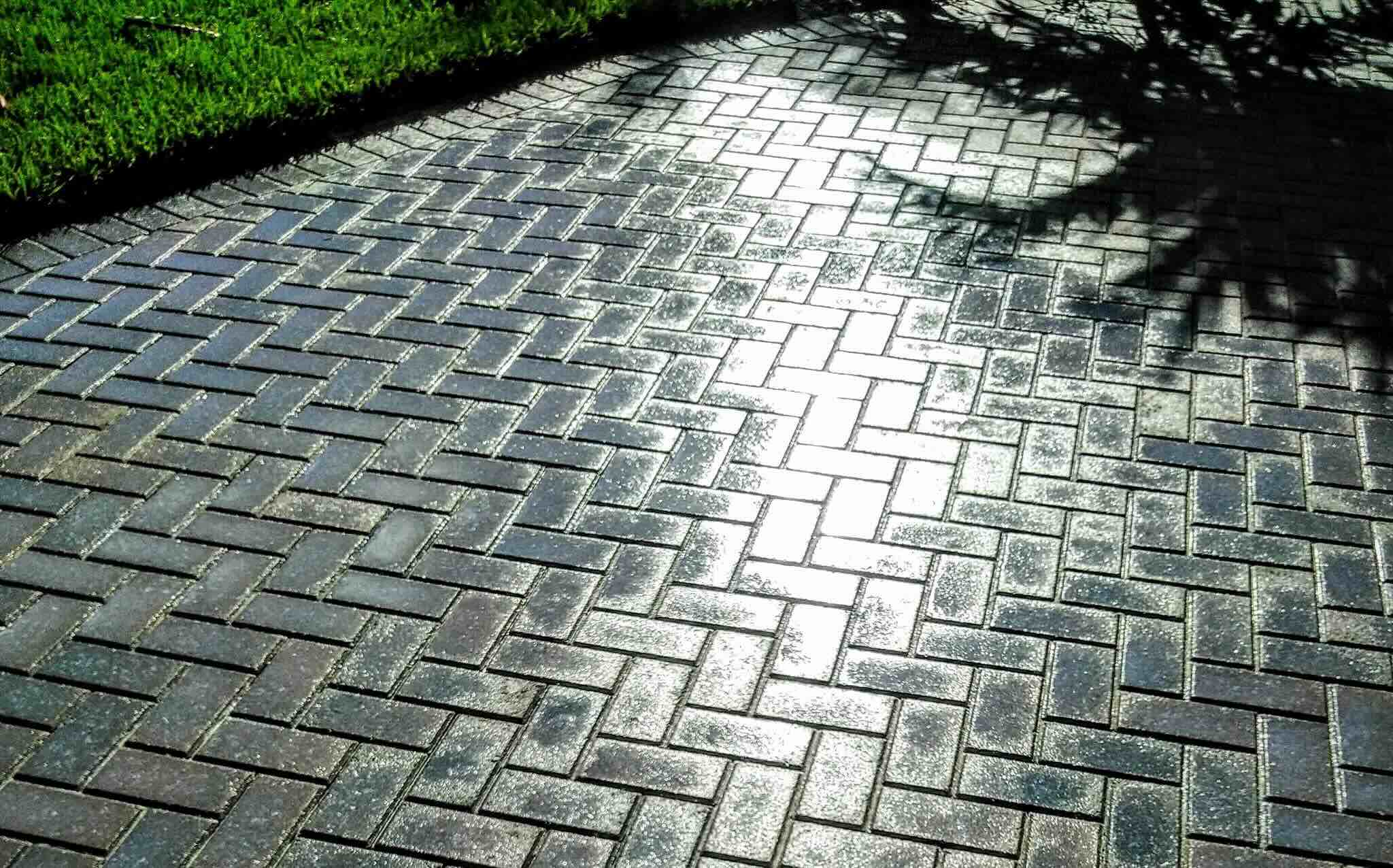


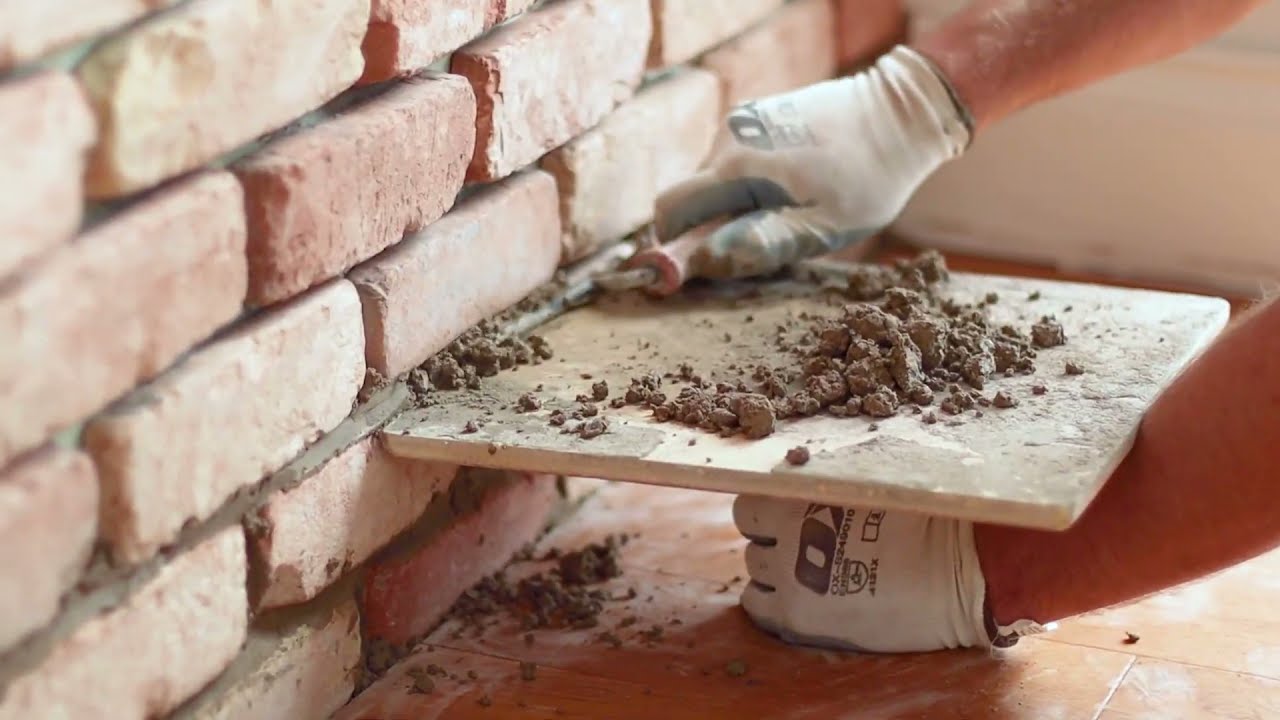
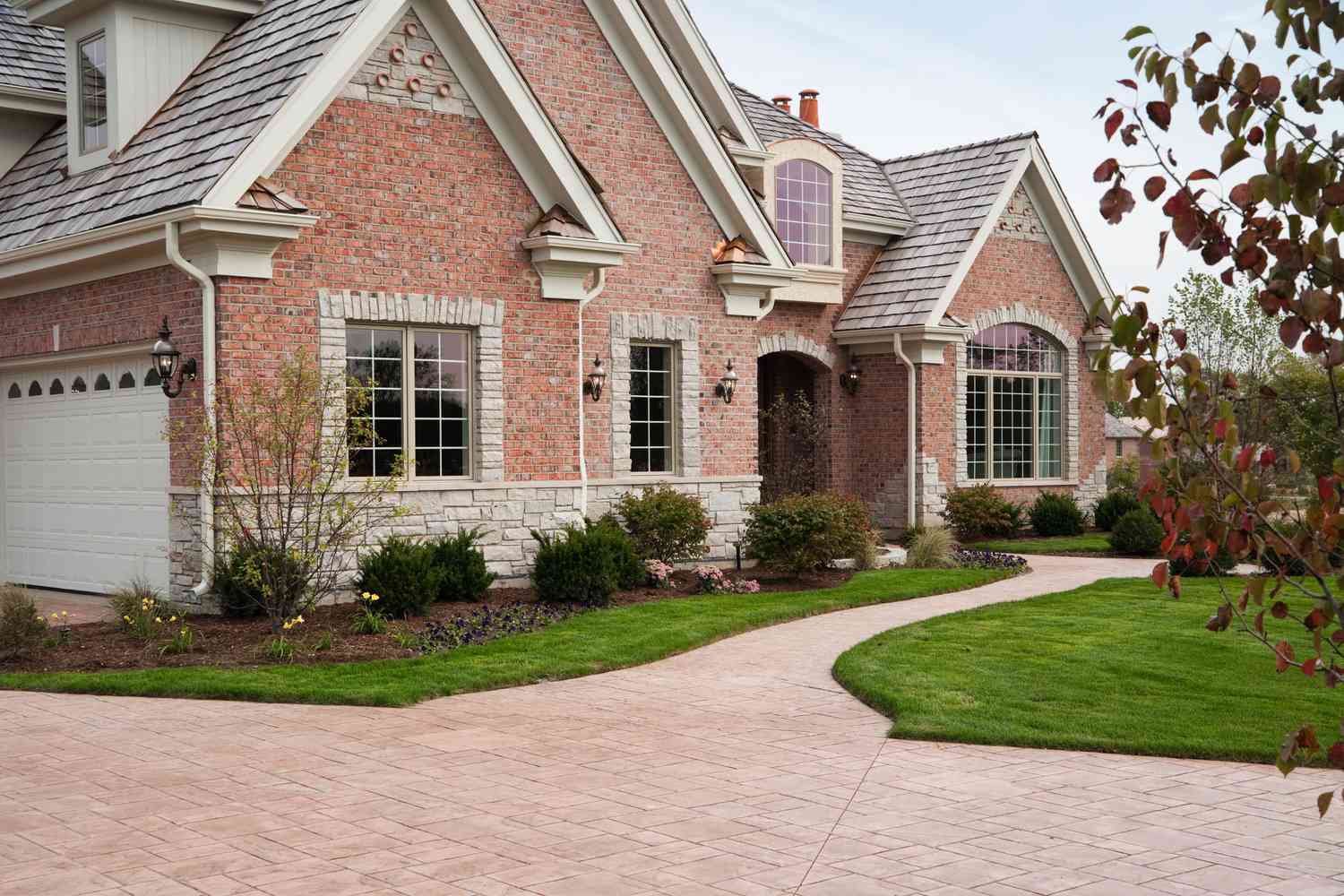
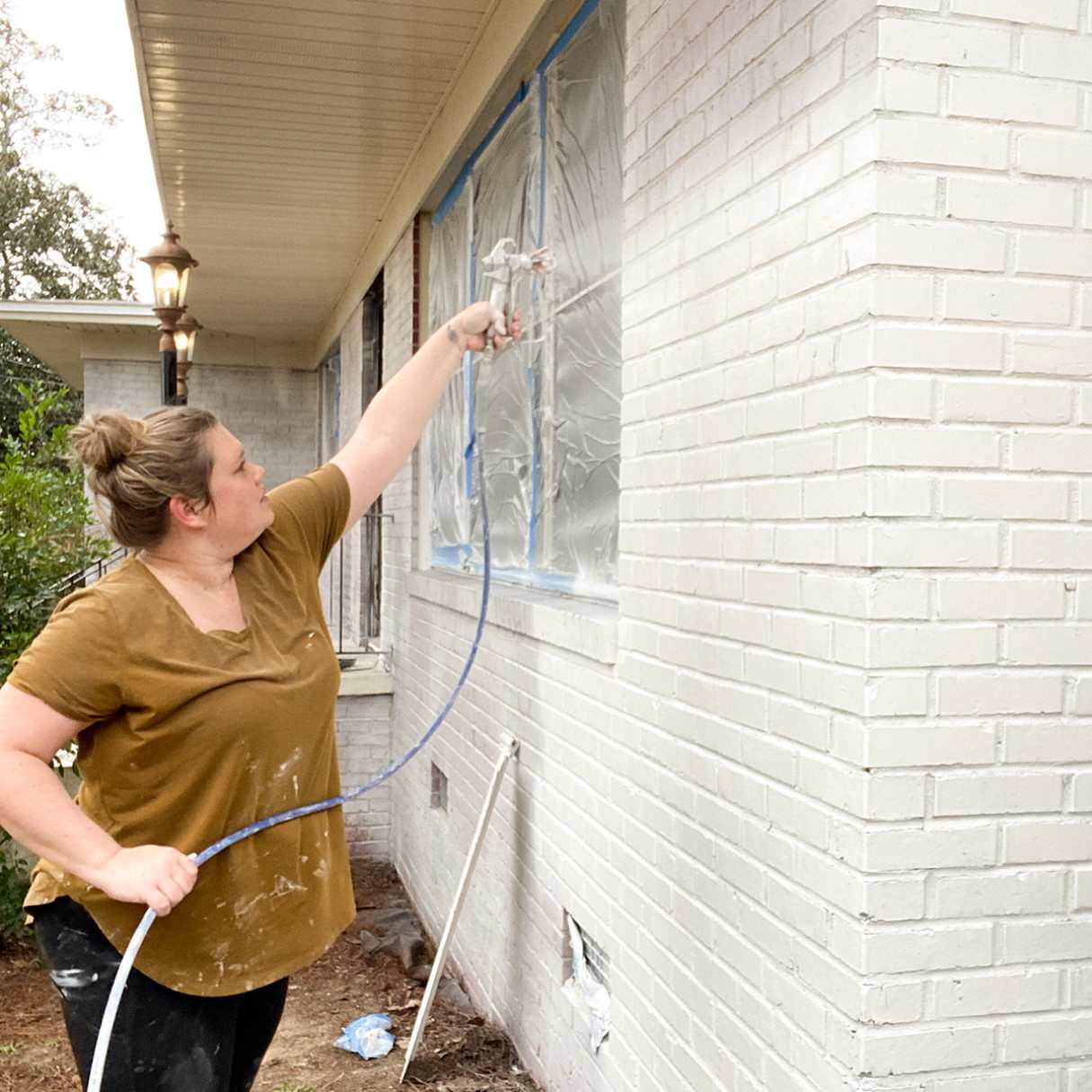

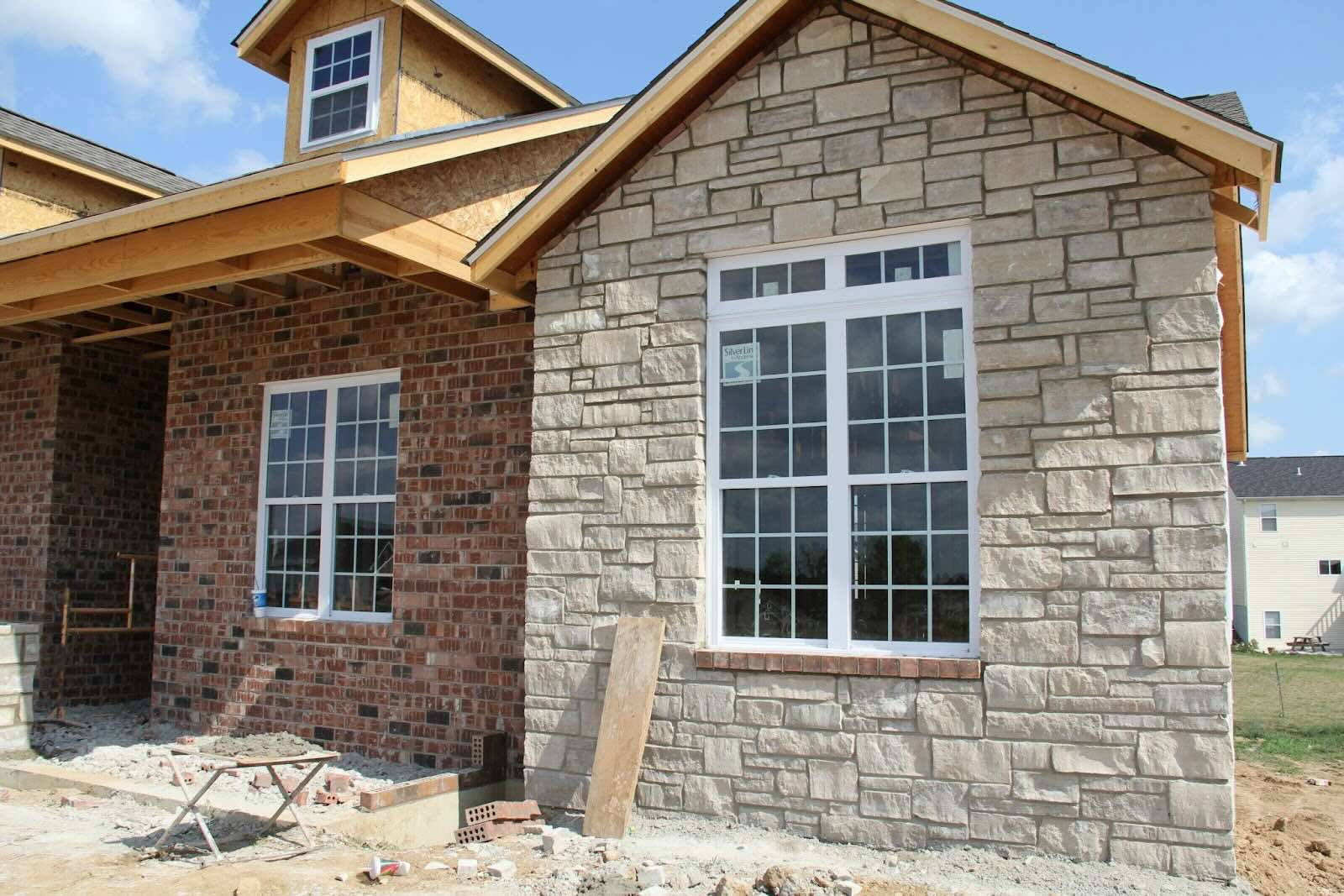
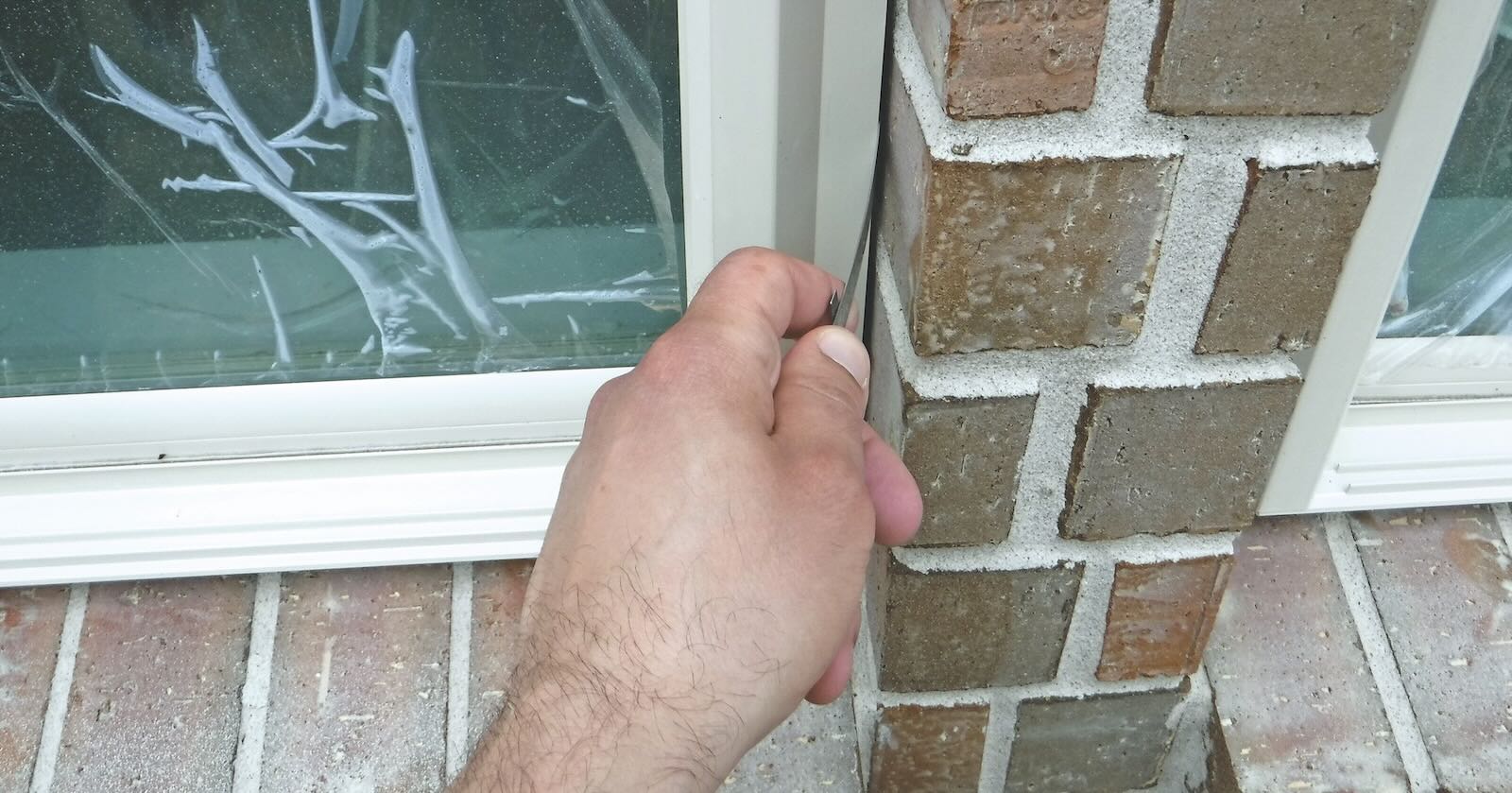
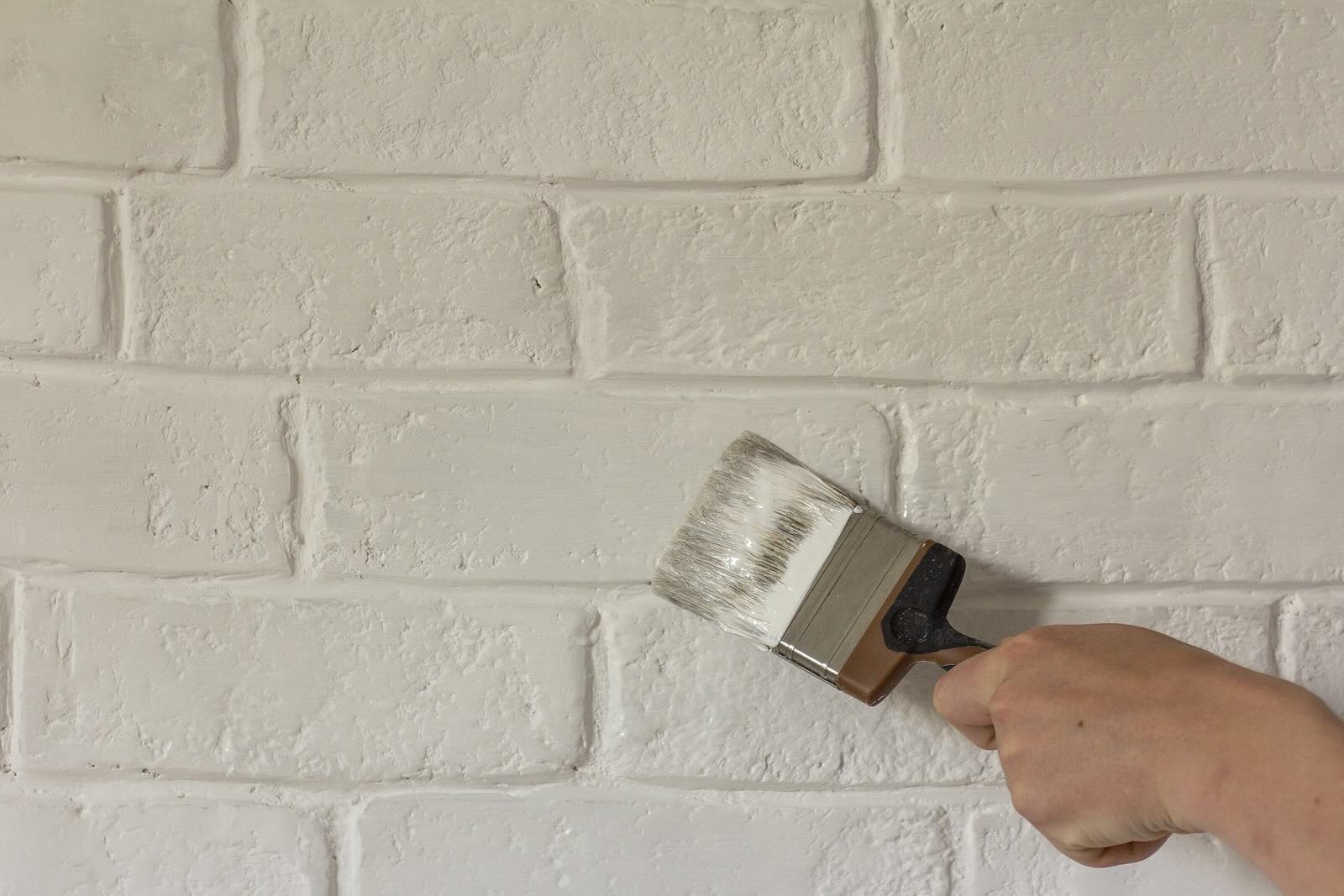
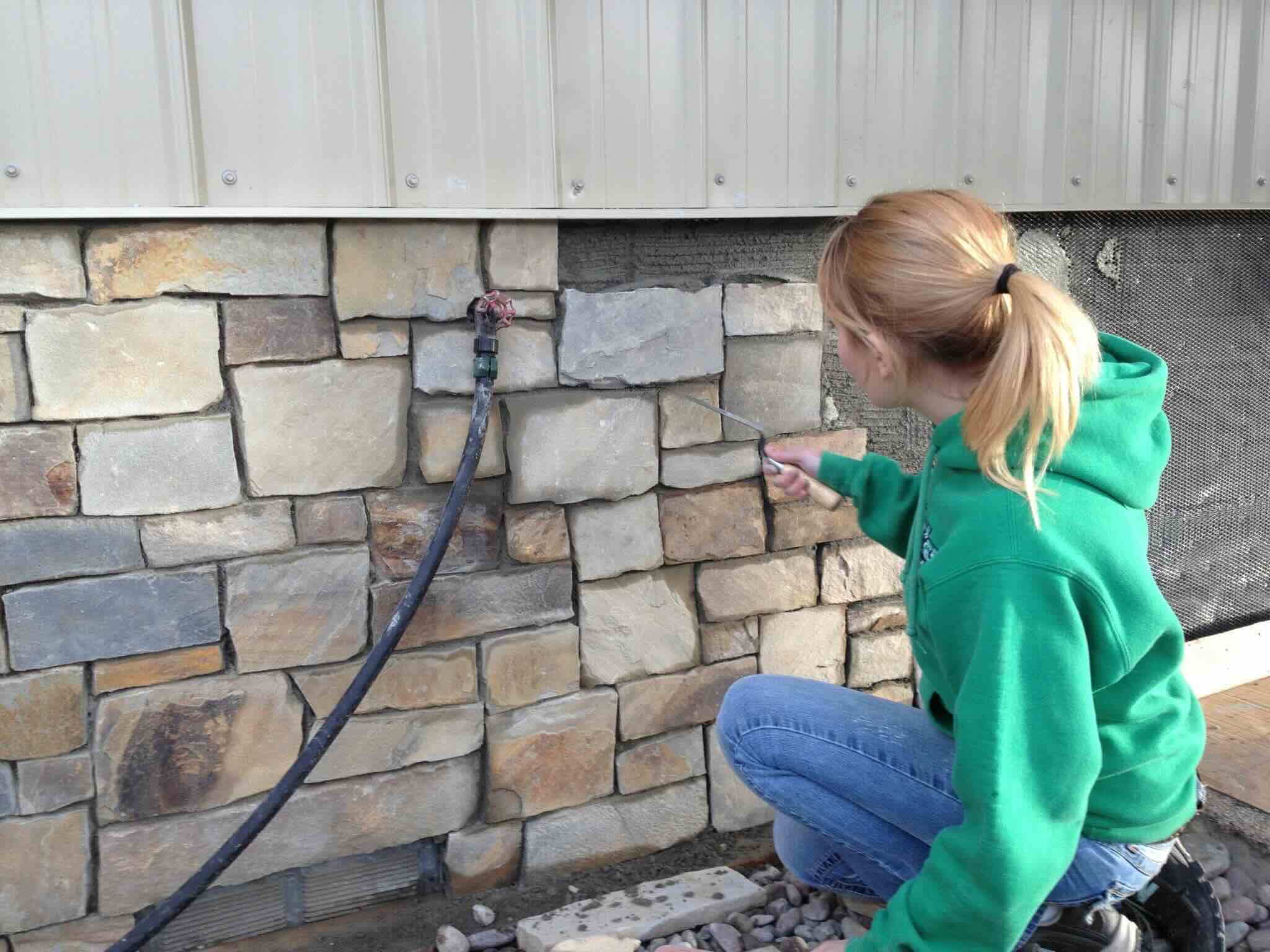
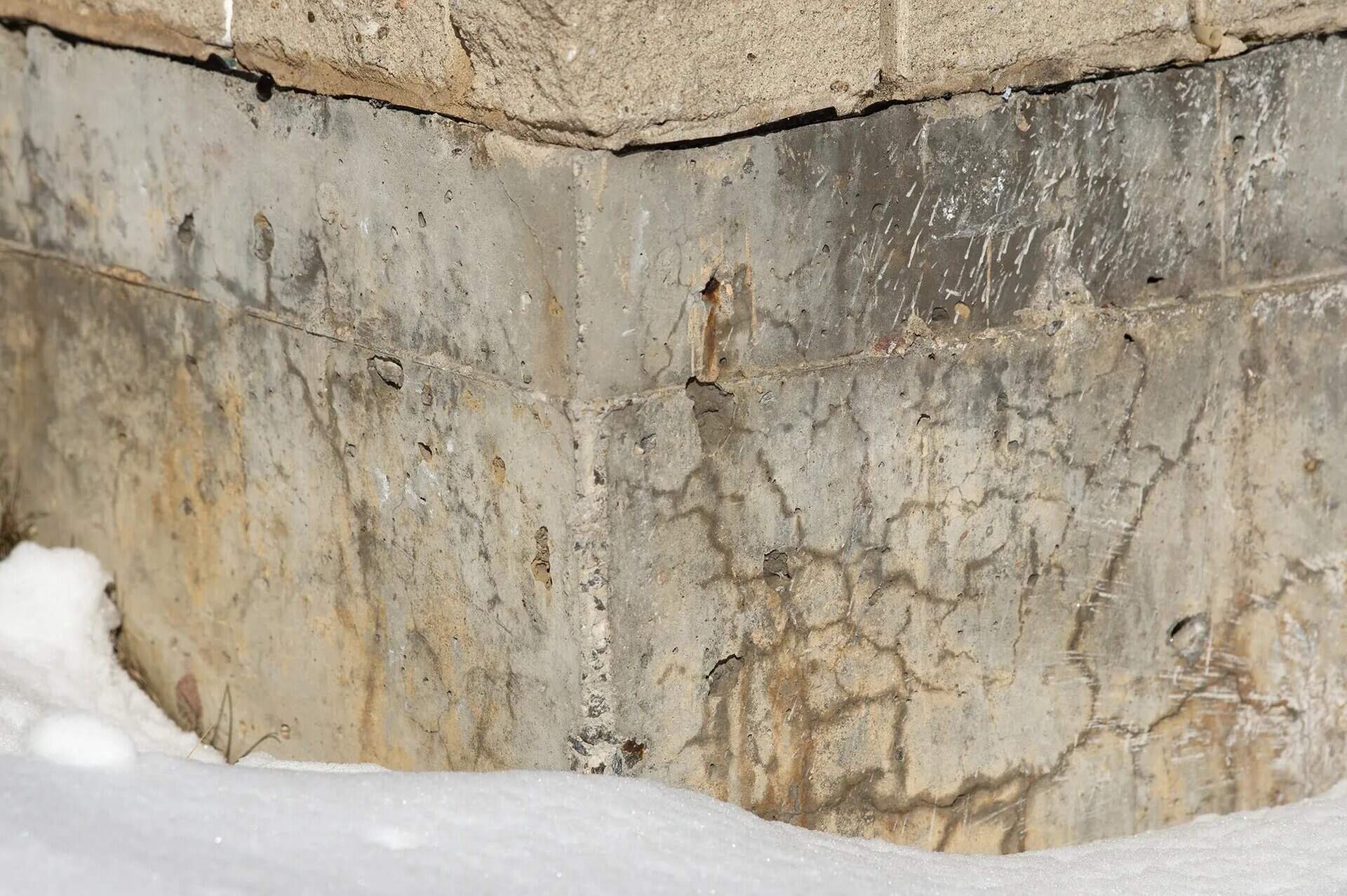
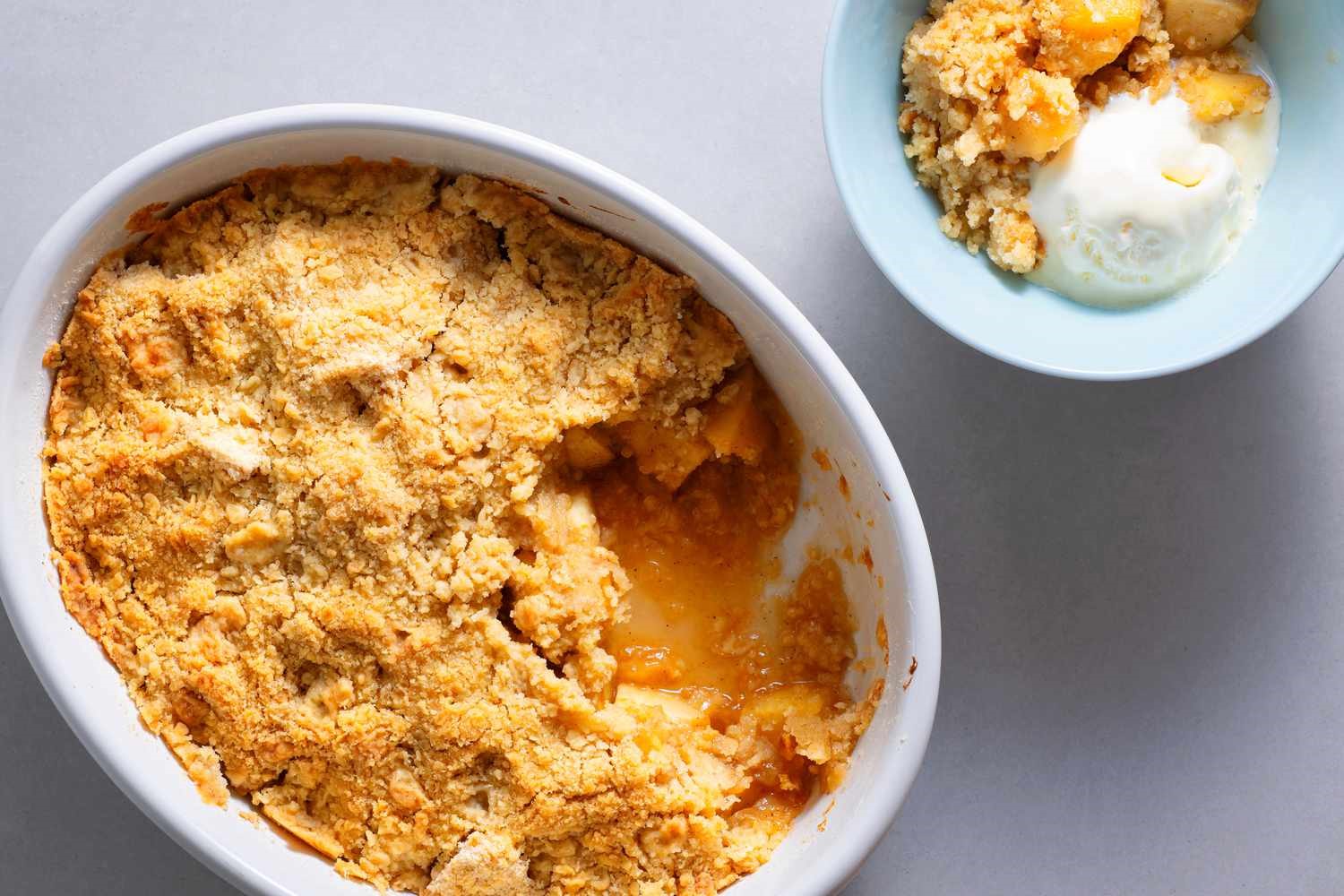
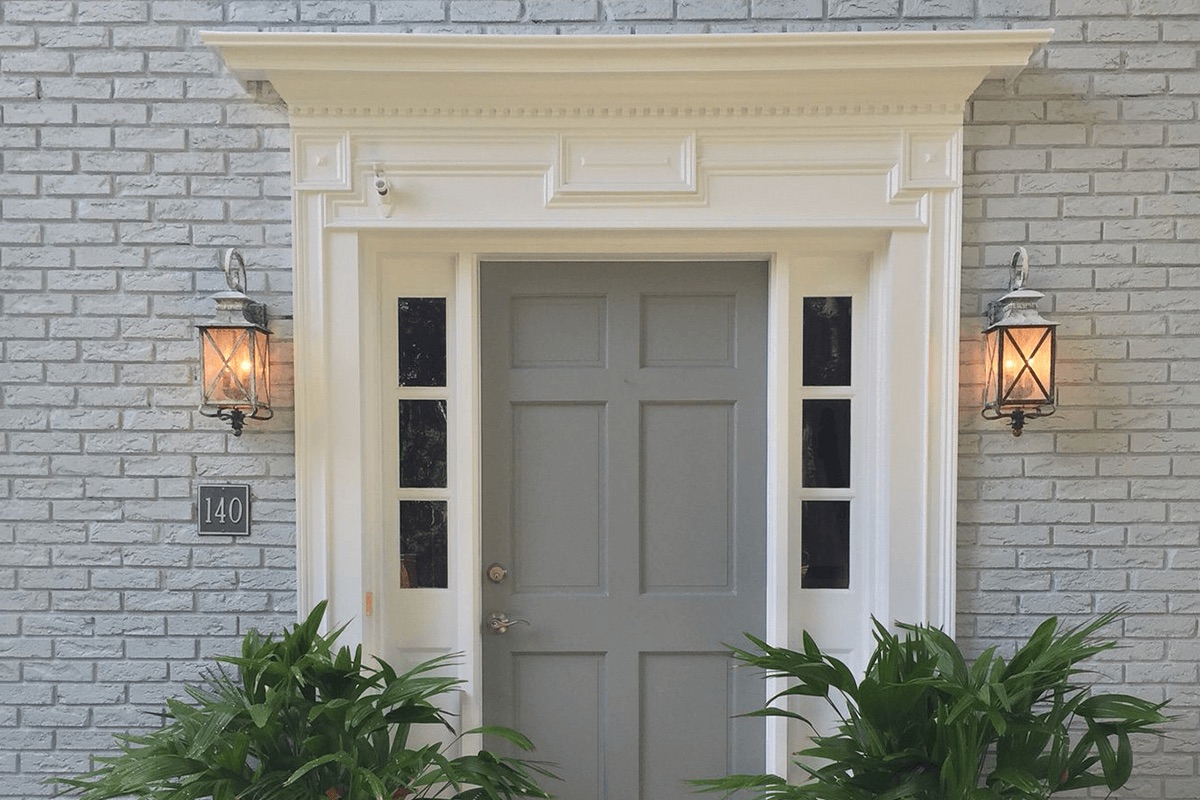

0 thoughts on “How To Seal Crumbling Exterior Brick”